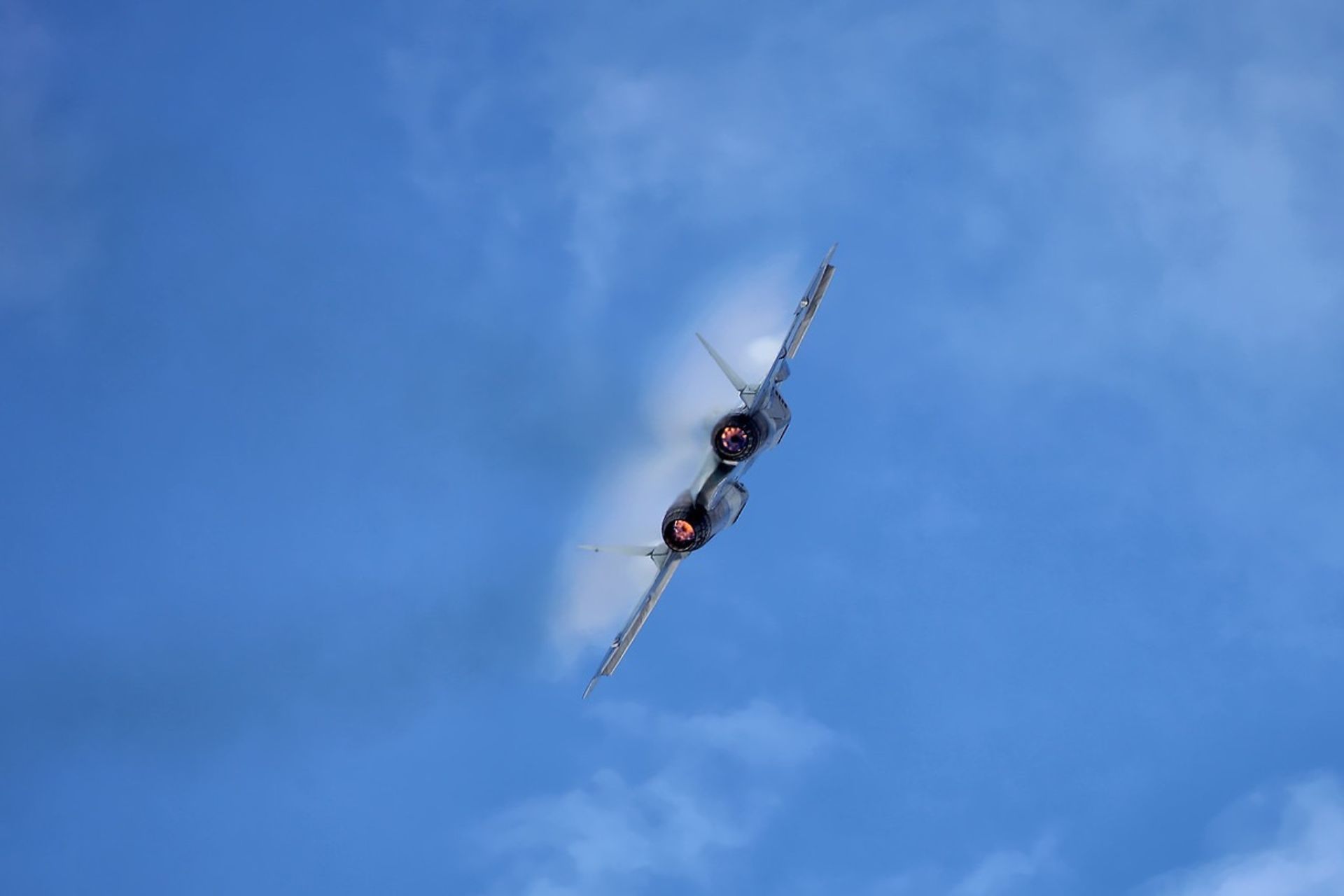Breaking News
Russia Seeks to Accelerate Su-57 Fighter Jet Production Despite Sanctions and Technical Challenges.
Russia is intensifying efforts to speed up the production of its fifth-generation Su-57 fighter jets, a program that has faced significant delays and challenges. The state-owned United Aircraft Corporation (UAC) recently announced the opening of new facilities at the Komsomolsk-on-Amur plant in eastern Russia, aimed at addressing the slow production pace of these advanced aircraft. These new facilities include developments related to the fuel system and the construction of a hangar dedicated to avionics testing.
Follow Army Recognition on Google News at this link

Despite these efforts, the Su-57 fleet remains limited, with minimal participation in Russia's ongoing military operations in Ukraine (Picture source: Vitaly Kuzmin)
The Su-57 Felon is a twin-engine, multirole fighter jet, the latest from Russia. It can carry a combination of air-to-air and air-to-ground munitions, including infrared-guided R-73 air-to-air missiles and radar-guided R-27 air-to-air missiles, as well as cruise missiles, hypersonic munitions, glide bombs, rockets, and conventional bombs.
The aircraft is also equipped with a 30 mm Gryazev-Shipunov GSh-30-1 cannon with 150 rounds for air combat or strafing runs. The aircraft features thrust-vectoring engines, which give it high maneuverability. Initial versions use the AL-41F1 engine, but the development of a new, more powerful and efficient engine, the Izdeliye 30, is underway.
Despite these efforts, the Su-57 fleet remains limited, with minimal participation in Russia's ongoing military operations in Ukraine. The Su-57s have been primarily used for strikes launched from Russian territory. The slow production rate is attributable to several factors, including the impact of international sanctions imposed by the United States, the European Union, and other countries following Russia's large-scale invasion of Ukraine. These sanctions have severely restricted Russia's access to critical electronic components and avionics, forcing the country to seek alternatives in Asia or resort to illegal imports.
The Russian Air Force currently has only a small number of Su-57s, far below initial expectations. In 2019, the Russian Defense Ministry signed a contract to produce 76 Su-57s by the end of 2027, with the Komsomolsk-on-Amur plant designated as the main production site. However, the plant was quickly deemed insufficiently equipped for the task, necessitating expansions and upgrades to the production facilities.

The Russian Defense Ministry announced plans to receive 22 Su-57s in 2024, but as of August, there was no confirmed information regarding these deliveries (Picture source: Vitaly Kuzmin)
Independent aviation expert Michael Jerdev estimates that, to date, the Russian Air Force has received only a third of the aircraft planned under the 2019 contract. In 2022, 10 aircraft were delivered, followed by 11 more in 2023. One of the major obstacles has been the supply of avionics and the development of the new Izdeliye 30 engine. Until now, the Su-57s have been equipped with the older AL-41F-1 engine, but Rostec, Russia's state-owned defense conglomerate, announced in December 2023 that some aircraft delivered in 2024 would feature the new engine.
However, these new engines are not expected to enter mass production before at least 2025, according to Pavel Luzin, an expert at the Washington-based think tank CEPA. The production capacity of the Ufa Engine Industrial Association, responsible for the engines, is reportedly limited, and the company may need to stop producing older engines to focus on the new ones.
The Russian Defense Ministry announced plans to receive 22 Su-57s in 2024, but as of August, there was no confirmed information regarding these deliveries. Adding to the challenges, Ukrainian forces reportedly damaged one or two Su-57s in June 2024 during a strike on the Akhtubinsk airfield in southern Russia, according to Ukrainian military intelligence.


























